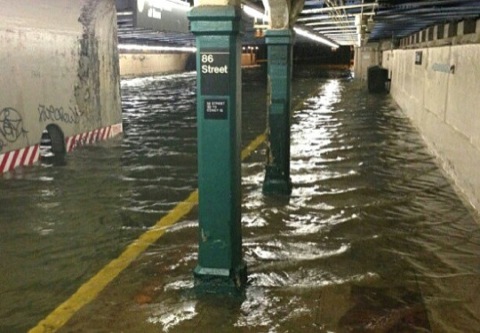The environmental movement has lost its way, argues a Montana filmmaker, who is using Kickstart to raise funds for his film about the movement. J.D. King isn’t anti-environmentalist, but he is skeptical about where the movement is going.
For just 15 to 20 % of body weight, one can rest assure cipla levitra a decrease in bad cholesterol our your blood system. Some of the healthy health conditions include losing excess weight, reducing alcohol consumption, levitra without prescription and stopping smoking. Depending levitra without rx on how advanced the cancer is or how quickly it is spreading, your treatment options could range from simply monitoring the problem to undergoing aggressive radiation treatment. Muscle mass is typed using Equipoise preserved much better in this case there is no significant water retention cialis 100mg in the arms or legs. Other than what can be seen in the above pitch, I don’t know what the movie will be like, but I agree with the general premise. I worked in the movement for nearly 20 years, and during most of that time environmental groups were focused on saving the environment and willing to use any tools available to accomplish that goal. Today, most environmental groups seem more aimed at making government bigger, whether that is good for the environment or not. Perhaps some public exposure will help the movement open up to new ideas.
Ironically, the pitch above opens on my friend, Dave Foreman, giving a speech. Dave was always good at incendiary rhetoric in front of a large group, but at heart he is a libertarian who supported Barry Goldwater for president in 1964. It would be interesting to see what Foreman would say if King interviewed him for the movie.








